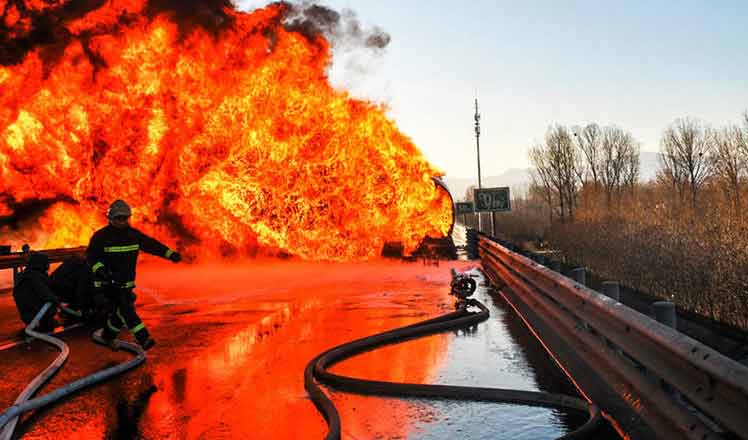The real story of China's strong Q1 growth
After the solid first quarter performance, the central government may be in the unique position to achieve its growth target - even while tightening.
In the first quarter, China’s economy grew 6.9 percent; slightly faster than expected and led by strong expansion at factories. What the first quarter data reflects is solid growth in several fronts.
Retail sales soared to 10.9 percent on year-to-year basis, which reflects steady progression in the ongoing rebalancing of the Chinese economy toward consumption. Clearly, it was driven by recent gains in wage and credit growth, despite declining subsidies on car demand.
At the same time, industrial production climbed to 7.6 percent on an annual basis, which was supported by government infrastructure investment, including state-owned enterprises (SOE) and property markets. Overall growth increased to 6.9 percent, which was fueled by trade and financing.
Such data herald strong beginning of the year for China, but also a positive contribution to regional growth and, due to the mainland’s role as the second-largest economy in the world, to global growth prospects.
The question is, can this growth performance be sustained in the coming months?
Conditions for sustained growth
In the first quarter, growth was fueled by heavy use of steel in the construction sector, while investment in electronics factories rose as demand strengthened in foreign markets. The former suggests slow progress in efforts to reign in excess capacity in mining output, including steel.
In turn, the recovery of the foreign markets reflects more positive international prospects. According to the International Monetary Fund (IMF), the world economy is gaining momentum. Yet, such prospects could be undermined by a broad array of forces, including renewed “America First” protectionism, post-elections turmoil in Europe, geopolitical friction, refugee crises, and broad-scale terrorism.
Also, while government spending on infrastructure and the hot property market helped to lift growth in the first quarter, the role of infrastructure investment, including SOE and property markets, is paving way for greater tightening in the near future.
Last month, prices accelerated again in the sizzling property market shaking off the impact of recent cooling measures. In the near-term, more tightening measures are likely as price momentum builds, although peaking price gains and sales in top-tier cities suggest that future curbs may be more targeted.
President Xi Jinping has called on officials to deepen reform of SOEs. The objective is not an overnight liberalization. In the 1990s, Western "shock therapy" advisers promoted the rapid privatization of state-owned companies. The net effect was an economic disaster. Instead, Chinese success is based on gradualism and incremental change, which allowed the share of SOEs in industrial output to decline dramatically from 75 percent in the late 1970s to 25 percent.
Some observers anticipate pragmatic SOE reforms are likely to accelerate in the fourth quarter, following the 19th National Congress of the Communist Party of China.




















